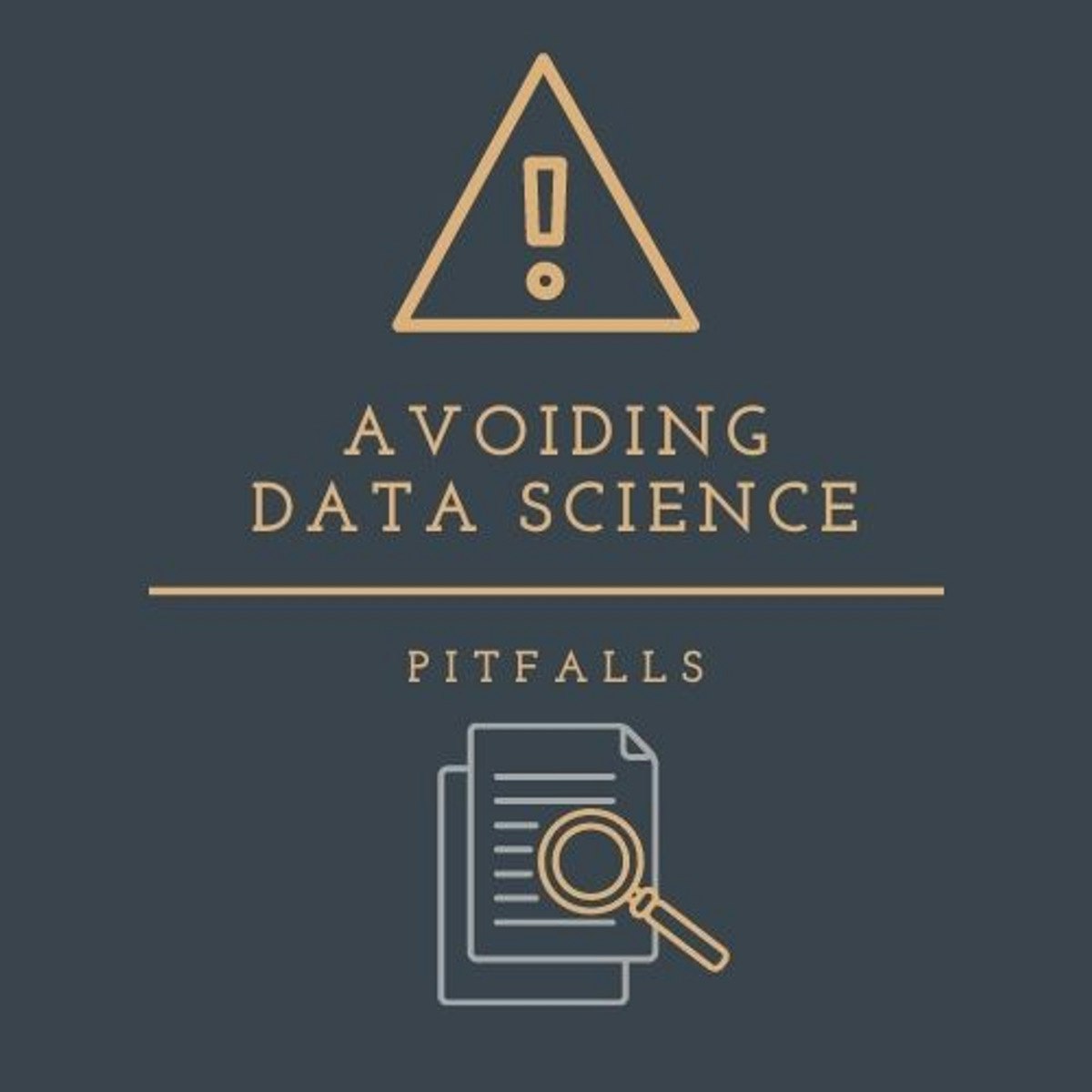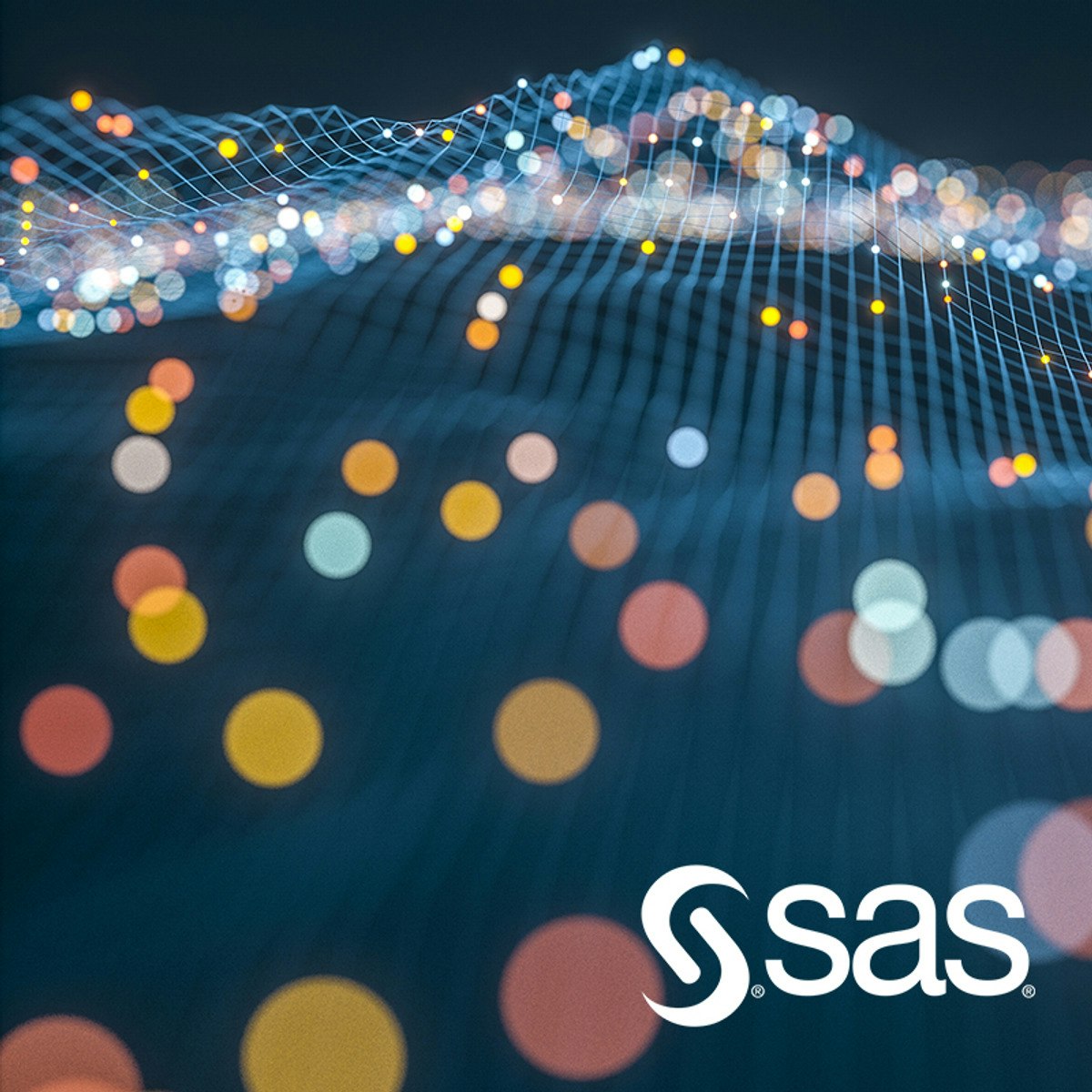Back to Courses









Data Science Courses - Page 119
Showing results 1181-1190 of 1407

TensorFlow for AI: Get to Know Tensorflow
This guided project course is part of the "Tensorflow for AI" series, and this series presents material that builds on the first course of DeepLearning.AI TensorFlow Developer Professional Certificate offered at Coursera, which will help learners reinforce their skills and build more projects with Tensorflow.
In this 1-hour long project-based course, you will get to know the basics and main components of Tensorflow through hands-on exercises, and you will learn how to define, compile and train a neural network with Tensorflow, and you will get a bonus practical deep learning project implemented with Tensorflow. By the end of this project, you will have developed a deeper understanding of Tensorflow, learned how to build a neural network with Tensorflow, and learned practically how to use Tensorflow to implement AI projects so that you can start building and applying scalable models to real-world problems.
This class is for learners who want to use Python for building AI models with TensorFlow, and for learners who are currently taking a basic deep learning course or have already finished a deep learning course and are searching for a practical deep learning with TensorFlow project. Also, this project provides learners with deeper knowledge about the basics of Tensorflow and its main components and improves their skills in Tensorflow which helps them in fulfilling their career goals by adding this project to their portfolios.

Reinforcement Learning: Qwik Start
This is a self-paced lab that takes place in the Google Cloud console. In this lab, you will learn and get hands-on practice with the fundamental concepts of Reinforcement Learning.

Build and Utilize Forms in LibreOffice Base
By the end of this project you will have used LibreOffice to create and use a variety of forms for entering, updating, and browsing data in relational tables. A form is typically designed to be a more user-friendly and secure interface for accessing data from one or more tables.
Note: This course works best for learners who are based in the North America region. We’re currently working on providing the same experience in other regions.

Avoiding Data Science Pitfalls
In this 2-hour long project-based course, you will learn some important statistical concepts with examples & visuals, concepts that are most commonly mistaken in data analysis and how to ensure you don’t fall for them.

Advanced R Programming
This course covers advanced topics in R programming that are necessary for developing powerful, robust, and reusable data science tools. Topics covered include functional programming in R, robust error handling, object oriented programming, profiling and benchmarking, debugging, and proper design of functions. Upon completing this course you will be able to identify and abstract common data analysis tasks and to encapsulate them in user-facing functions. Because every data science environment encounters unique data challenges, there is always a need to develop custom software specific to your organization’s mission. You will also be able to define new data types in R and to develop a universe of functionality specific to those data types to enable cleaner execution of data science tasks and stronger reusability within a team.

Cloud SQL for MySQL: Qwik Start
This is a self-paced lab that takes place in the Google Cloud console.
Create a Google Cloud SQL MySQL instance and perform SQL operations using Google Cloud Platform Console and mysql client. Watch this short video, <a HREF="https://youtu.be/EQJK0tNW-g4">Manage PostgreSQL and MySQL Databases Easily with Cloud SQL</a>.

AI Workflow: Data Analysis and Hypothesis Testing
This is the second course in the IBM AI Enterprise Workflow Certification specialization. You are STRONGLY encouraged to complete these courses in order as they are not individual independent courses, but part of a workflow where each course builds on the previous ones.
In this course you will begin your work for a hypothetical streaming media company by doing exploratory data analysis (EDA). Best practices for data visualization, handling missing data, and hypothesis testing will be introduced to you as part of your work. You will learn techniques of estimation with probability distributions and extending these estimates to apply null hypothesis significance tests. You will apply what you learn through two hands on case studies: data visualization and multiple testing using a simple pipeline.
By the end of this course you should be able to:
1. List several best practices concerning EDA and data visualization
2. Create a simple dashboard in Watson Studio
3. Describe strategies for dealing with missing data
4. Explain the difference between imputation and multiple imputation
5. Employ common distributions to answer questions about event probabilities
6. Explain the investigative role of hypothesis testing in EDA
7. Apply several methods for dealing with multiple testing
Who should take this course?
This course targets existing data science practitioners that have expertise building machine learning models, who want to deepen their skills on building and deploying AI in large enterprises. If you are an aspiring Data Scientist, this course is NOT for you as you need real world expertise to benefit from the content of these courses.
What skills should you have?
It is assumed that you have completed Course 1 of the IBM AI Enterprise Workflow specialization and have a solid understanding of the following topics prior to starting this course: Fundamental understanding of Linear Algebra; Understand sampling, probability theory, and probability distributions; Knowledge of descriptive and inferential statistical concepts; General understanding of machine learning techniques and best practices; Practiced understanding of Python and the packages commonly used in data science: NumPy, Pandas, matplotlib, scikit-learn; Familiarity with IBM Watson Studio; Familiarity with the design thinking process.
Introduction to Accounting Data Analytics and Visualization
Accounting has always been about analytical thinking. From the earliest days of the profession, Luca Pacioli emphasized the importance of math and order for analyzing business transactions. The skillset that accountants have needed to perform math and to keep order has evolved from pencil and paper, to typewriters and calculators, then to spreadsheets and accounting software. A new skillset that is becoming more important for nearly every aspect of business is that of big data analytics: analyzing large amounts of data to find actionable insights. This course is designed to help accounting students develop an analytical mindset and prepare them to use data analytic programming languages like Python and R.
We’ve divided the course into three main sections. In the first section, we bridge accountancy to analytics. We identify how tasks in the five major subdomains of accounting (i.e., financial, managerial, audit, tax, and systems) have historically required an analytical mindset, and we then explore how those tasks can be completed more effectively and efficiently by using big data analytics. We then present a FACT framework for guiding big data analytics: Frame a question, Assemble data, Calculate the data, and Tell others about the results.
In the second section of the course, we emphasize the importance of assembling data. Using financial statement data, we explain desirable characteristics of both data and datasets that will lead to effective calculations and visualizations.
In the third, and largest section of the course, we demonstrate and explore how Excel and Tableau can be used to analyze big data. We describe visual perception principles and then apply those principles to create effective visualizations. We then examine fundamental data analytic tools, such as regression, linear programming (using Excel Solver), and clustering in the context of point of sale data and loan data. We conclude by demonstrating the power of data analytic programming languages to assemble, visualize, and analyze data. We introduce Visual Basic for Applications as an example of a programming language, and the Visual Basic Editor as an example of an integrated development environment (IDE).

Modeling Time Series and Sequential Data
In this course you learn to build, refine, extrapolate, and, in some cases, interpret models designed for a single, sequential series. There are three modeling approaches presented. The traditional, Box-Jenkins approach for modeling time series is covered in the first part of the course. This presentation moves students from models for stationary data, or ARMA, to models for trend and seasonality, ARIMA, and concludes with information about specifying transfer function components in an ARIMAX, or time series regression, model. A Bayesian approach to modeling time series is considered next. The basic Bayesian framework is extended to accommodate autoregressive variation in the data as well as dynamic input variable effects. Machine learning algorithms for time series is the third approach. Gradient boosting and recurrent neural network algorithms are particularly well suited for accommodating nonlinear relationships in the data. Examples are provided to build intuition on the effective use of these algorithms.
The course concludes by considering how forecasting precision can be improved by combining the strengths of the different approaches. The final lesson includes demonstrations on creating combined (or ensemble) and hybrid model forecasts.
This course is appropriate for analysts interested in augmenting their machine learning skills with analysis tools that are appropriate for assaying, modifying, modeling, forecasting, and managing data that consist of variables that are collected over time.
This course uses a variety of different software tools. Familiarity with Base SAS, SAS/ETS, SAS/STAT, and SAS Visual Forecasting, as well as open-source tools for sequential data handling and modeling, is helpful but not required. The lessons on Bayesian analysis and machine learning models assume some prior knowledge of these topics. One way that students can acquire this background is by completing these SAS Education courses: Bayesian Analyses Using SAS and Machine Learning Using SAS Viya.

Algebra: Elementary to Advanced - Functions & Applications
After completing this course, students will learn how to successfully apply functions to model different data and real world occurrences. This course reviews the concept of a function and then provide multiple examples of common and uncommon types of functions used in a variety of disciplines. Formulas, domains, ranges, graphs, intercepts, and fundamental behavior are all analyzed using both algebraic and analytic techniques. From this core set of functions, new functions are created by arithmetic operations and function composition. These functions are then applied to solve real world problems. The ability to picture many different types of functions will help students learn how and when to apply these functions, as well as give students the geometric intuition to understand the algebraic techniques. The skills and objectives from this course improve problem solving abilities.
Popular Internships and Jobs by Categories
Browse
© 2024 BoostGrad | All rights reserved


